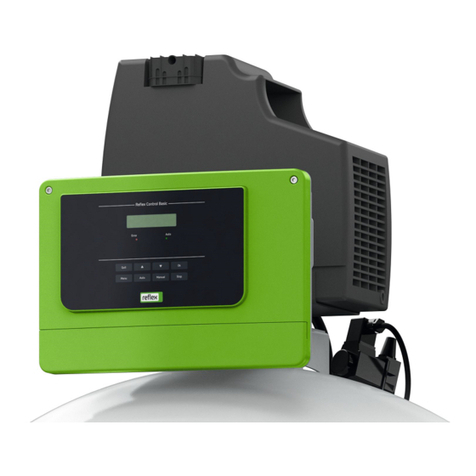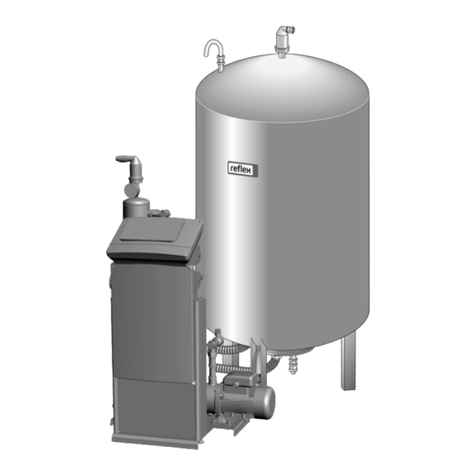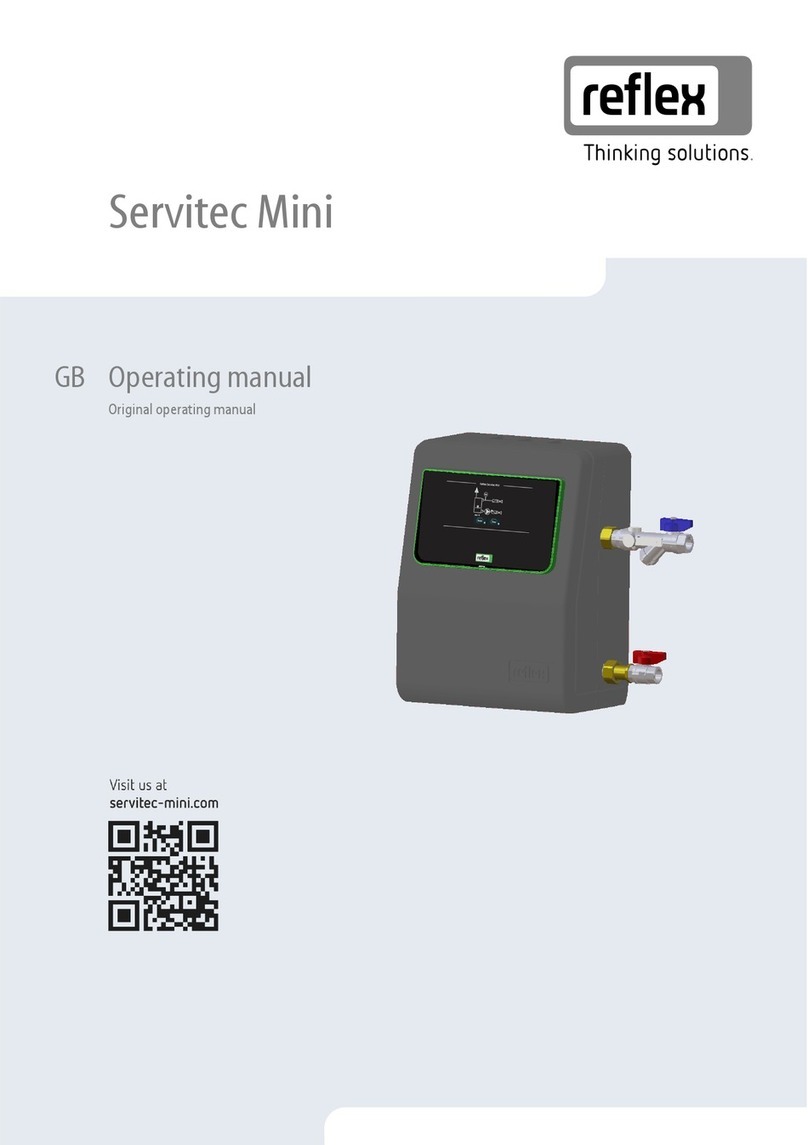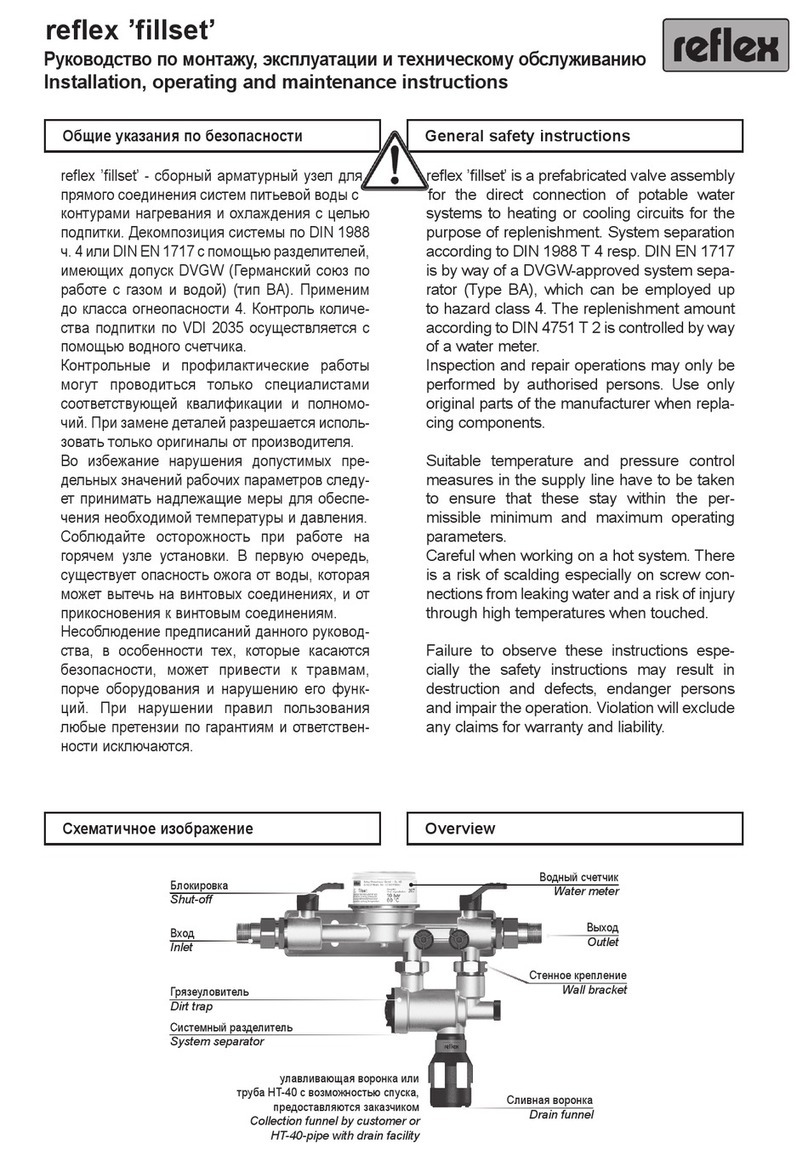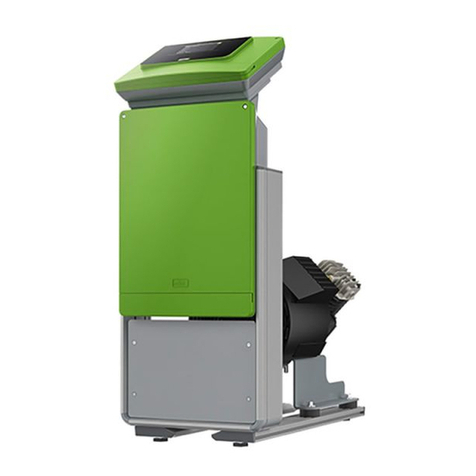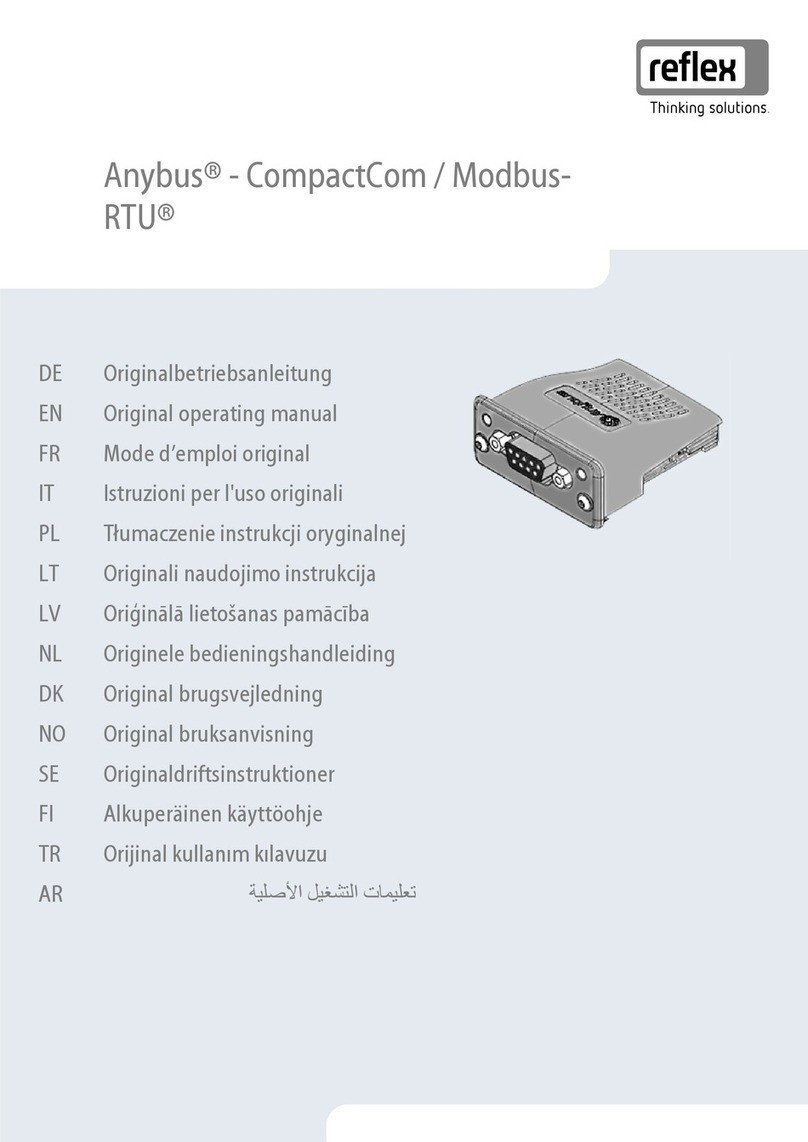
Fillcontrol Plus — 06.07.2016 - Rev. B English —
English
FillcontrolPlus
06.07.2016-Rev. B
Contents
1Notes on the operating manual.....................................................................................................................................................5
2Liability and guarantee...................................................................................................................................................................5
3Safety................................................................................................................................................................................................6
3.1 Explanation of symbols........................................................................................................................................................................6
3.1.1 Symbols and notes used...................................................................................................................................................6
3.2 Personnel requirements ......................................................................................................................................................................7
3.3 Personal protective equipment..........................................................................................................................................................7
3.4 Intended use..........................................................................................................................................................................................7
3.5 Inadmissible operating conditions.....................................................................................................................................................7
3.6 Residual risks .........................................................................................................................................................................................8
4Description of the device................................................................................................................................................................9
4.1 Description.............................................................................................................................................................................................9
4.2 Overview ................................................................................................................................................................................................9
4.3 Identification .......................................................................................................................................................................................10
4.3.1 Nameplate ........................................................................................................................................................................10
4.3.2 Type code..........................................................................................................................................................................10
4.4 Function ...............................................................................................................................................................................................11
4.5 Scope of delivery.................................................................................................................................................................................12
4.6 Optional equipment and accessories ..............................................................................................................................................12
5Technical data ...............................................................................................................................................................................13
5.1 Electrical system..................................................................................................................................................................................13
5.2 Dimensions and connections............................................................................................................................................................13
5.3 Operation .............................................................................................................................................................................................13
6Installation.....................................................................................................................................................................................14
6.1 Installation conditions .......................................................................................................................................................................15
6.1.1 Incoming inspection .......................................................................................................................................................15
6.2Preparatory work ................................................................................................................................................................................15
6.3 Execution..............................................................................................................................................................................................16
6.3.1 Wall mounting .................................................................................................................................................................16
6.3.2 Hydraulic connection......................................................................................................................................................17
6.4 Switching and make-up variants......................................................................................................................................................18
6.5 Electrical connection ..........................................................................................................................................................................20
6.5.1 Terminal diagram ............................................................................................................................................................21
6.5.2 RS-485 interface...............................................................................................................................................................23
6.6 Installation and commissioning certificate.....................................................................................................................................23
7Commissioning..............................................................................................................................................................................24
7.1 Requirements for initial commissioning .........................................................................................................................................24
7.2 Determining the P0minimum operating pressure for the controller.........................................................................................24
7.3 Filling the device with water.............................................................................................................................................................25
7.4 Parametrising the controller in the Customer menu ....................................................................................................................25
7.5 Function test........................................................................................................................................................................................25
7.6 Use the device to fill the facility system with water ......................................................................................................................26
7.7 Starting Automatic mode..................................................................................................................................................................26
8Operation.......................................................................................................................................................................................27
8.1 Operating modes ................................................................................................................................................................................27
8.1.1 Automatic mode..............................................................................................................................................................27
8.1.2 Manual mode ...................................................................................................................................................................27
